“Is she good or not”? “I have the right to do that or not”? We can play padel every week, sometimes for years, it happens that we ignore or forget certain subtle, complex and sometimes controversial rules.
Padel Magazine has already detailed in the past some points of settlement, but it is good to do a reminder shot or to deepen certain questions that come up regularly on the mat. Even who invite themselves to the table where the players drink a beer after their game, replay the match and disagree among themselves...
The controversy will reach its height in cases where the international regulations, established by the FIP, says the opposite of Franco-French regulations, governed by the FFT !
Here are some of the questions that come up regularly and can cause amusement or bewilderment. And even turn to bun creping, or even boxing in extreme cases.
To touch is sometimes to sink
■ Let or not let? When serving, if the ball hits the net (or the post), it is sometimes replayed, sometimes faulty. Indeed, if it touches the fence, either directly or after a single rebound, it is faulty. On the other hand, if it hits the fence after two rebounds, it is good.
It gets more complicated when a ball hits the net and leaves the field through the door: if outings are allowed, the ball is let, so it has to be played again; if outings are prohibited, that ball is a foul!
■ Slice of cake! Above the walls, whether glazed, screened or walled, there is a slice, more or less wide. If the ball bounces into the opponent's court, and hits the horizontal bracket, then the point continues, whether the ball comes back on the court or goes outwards. But if, by some miracle, the ball comes to rest on this slice, the point will be a winner.
■ The ball not to be touched.- If you or your partner make a smash which returns to your side after having touched the ground then the glass, without the ball being touched by your adversaries, above all do not touch it! Indeed, in this case, the point is acquired only if the ball touches the ground or fails in the net. If you take the volley ball with the racket, hand, or any other part of the body, you lose the point.
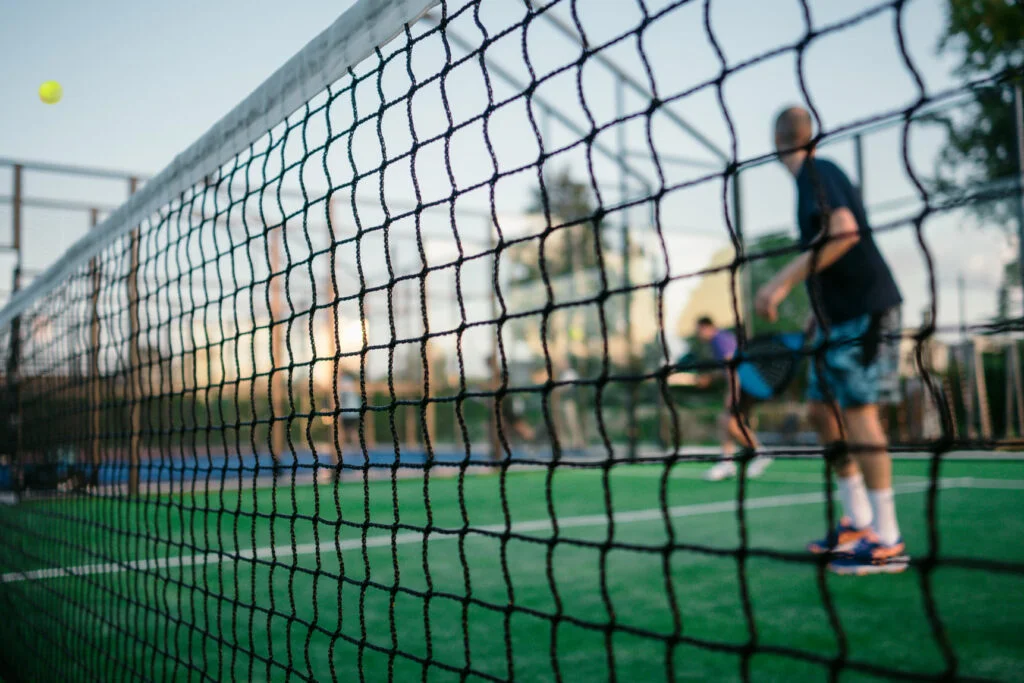
■ Crossing prohibited.- If you're at the net and your opponents are hitting a slow, high ball (a missed lob, for example), it can be tempting to go “pick” that ball on the other side of the net. Well this temptation will be the last because you will lose the point! On the contrary, you must wait for the ball to cross the net – at the risk of it hitting the boards – before playing it.
Sneak into the net
■ Authorized crossing.- If a smash from your opponents bounces into your court, hits one or two panes and returns to their court, in this case you are authorized to cross the net (without touching it) with your arm and racket to hit the ball.
■ Never touch the net.- Under no circumstances are you allowed to touch the net during a point, whether with the racket, arm, legs or any part of your body (including clothing). It's infuriating when, carried away by your momentum, you brush the net after having brilliantly defended a spike; but it is so! Special case, if you touch the net after having completed the exchange (for example if the ball touches the opponents or goes out by 4), the point will be for you. You can therefore play the tightrope walkers for a while and then crash into the net once the point is over!
■ Hello poles! Touching the net, we told you, it's “niet”! Touching the post is also forbidden according to the rules of the French Tennis Federation. But as nothing is simple, the International Federation of padel allows a player to touch the upper part of the post, provided that outs are allowed. In this case, a player also has the right to touch the mesh frame of the door, but only in his half of the field...
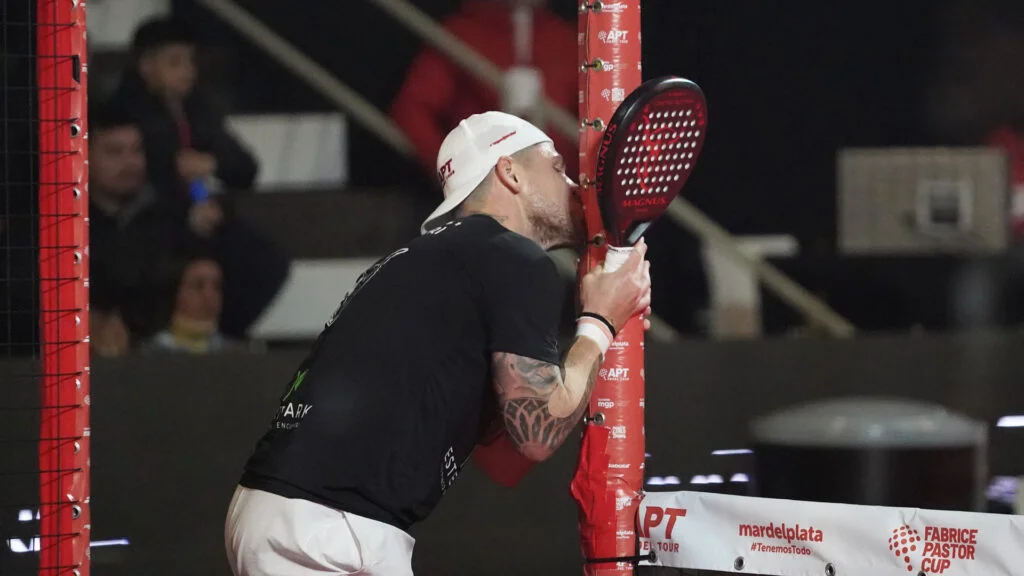
■ Play in the opponent's net.- Is it true that you can win a point by hitting a ball directly into the net? The answer is yes, provided it's the net on your opponents' side. This is possible in two cases. When a smash from your opponents returns to their court, you have the right to pass your racquet to the other side and send the ball into their net.
The other case is when you leave the field to recover a "par 3": it is then allowed to sneak your ball through the door on the opponent's side, either by bouncing it on the ground, or by aiming for the net.
Be careful, if the ball hits the net and then bounces on the ground, your opponents still have the right to send it home!
O fence, o despair
■ Smile, you're toast! If you are playing on an old field with a damaged or deformed fence, prepare your tissues. Thus, a ball that bounces on the ground and leaves the field through a hole in the fence will be lost for you if it happens on your side. Ditto if the ball gets stuck in too large a mesh of the grid... This sport is crazy, we tell you!
Do you have questions, criticisms, objections to make or anecdotes to tell? So feel free to comment on this article!
After 40 years of tennis, Jérôme falls into the pot of padel in 2018. Since then, he thinks about it every morning while shaving… but never shaves pala in hand! Journalist in Alsace, he has no other ambition than to share his passion with you, whether you speak French, Italian, Spanish or English.




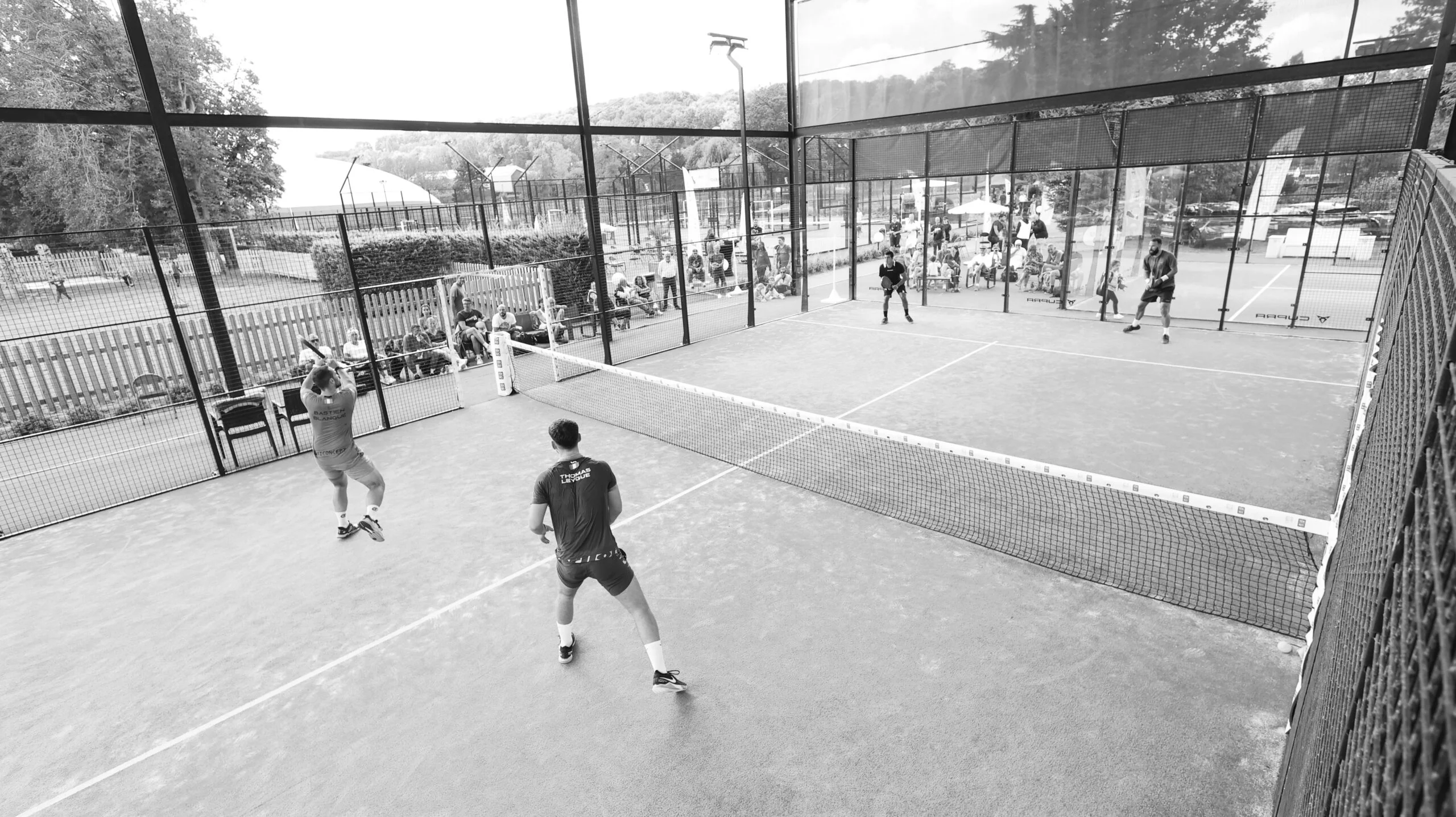











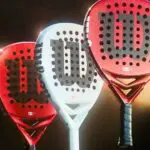





















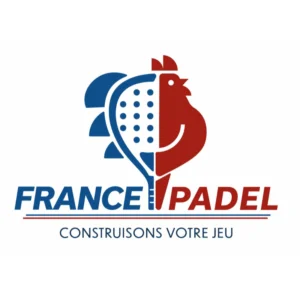



























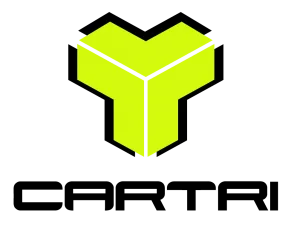



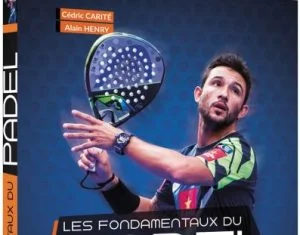















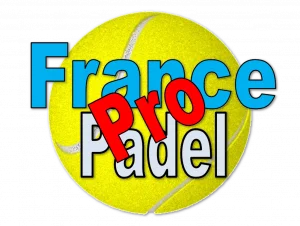




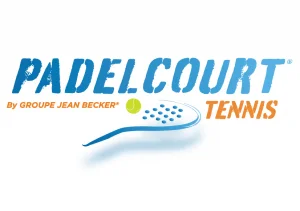









 Presentation of the Wilson Bela V2.5 collection
Presentation of the Wilson Bela V2.5 collection The LinkedIn of racquet sports: Racket Trip
The LinkedIn of racquet sports: Racket Trip Premier Padel Brussels P2 – “Chingalan” on the way to its second final
Premier Padel Brussels P2 – “Chingalan” on the way to its second final The All Star Tour returns on May 16 at the All In in Lyon
The All Star Tour returns on May 16 at the All In in Lyon Guillaume Codron de Sud Padel : “A family project”
Guillaume Codron de Sud Padel : “A family project” Nallé Grinda: “Democratize the padel in the USA with PadelX "
Nallé Grinda: “Democratize the padel in the USA with PadelX " Simon Boissé: “We know that there are two nations in front of us”
Simon Boissé: “We know that there are two nations in front of us” Marie Maligo: “This period of frequent changes of partners was beneficial for me”
Marie Maligo: “This period of frequent changes of partners was beneficial for me” D-7 of the “BetClic Remontada Padel”, at the foot of the Eiffel Tower
D-7 of the “BetClic Remontada Padel”, at the foot of the Eiffel Tower Padel Score: an essential table for keeping score
Padel Score: an essential table for keeping score Léa Godallier makes her big return to the slopes this weekend
Léa Godallier makes her big return to the slopes this weekend Martin Abud joins Team Nox
Martin Abud joins Team Nox Premier Padel Brussels P2 – Time for the semi-finals!
Premier Padel Brussels P2 – Time for the semi-finals! José Manuel Escin at the inauguration of Casa Padel DOS: “Finally, and thank you!”
José Manuel Escin at the inauguration of Casa Padel DOS: “Finally, and thank you!” Padel Score comes to Tahiti for American Express Padel Cup!
Padel Score comes to Tahiti for American Express Padel Cup! Do you know the Rafa Nadal Academy Tour?
Do you know the Rafa Nadal Academy Tour? Play at padel on his yacht? Possible for €233.000!
Play at padel on his yacht? Possible for €233.000!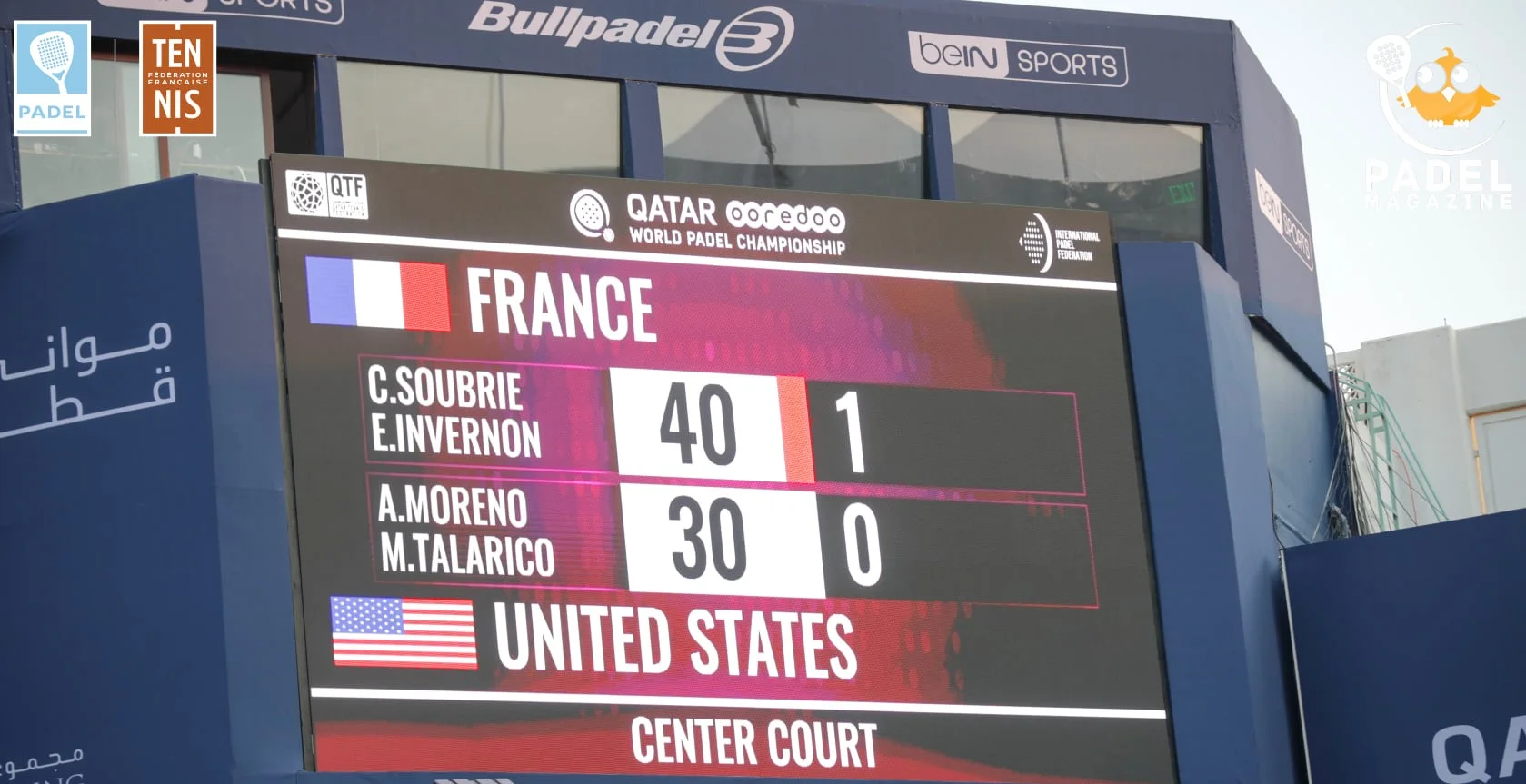 The score at padel : manual
The score at padel : manual Our Top 10 training courses padel in France and Europe
Our Top 10 training courses padel in France and Europe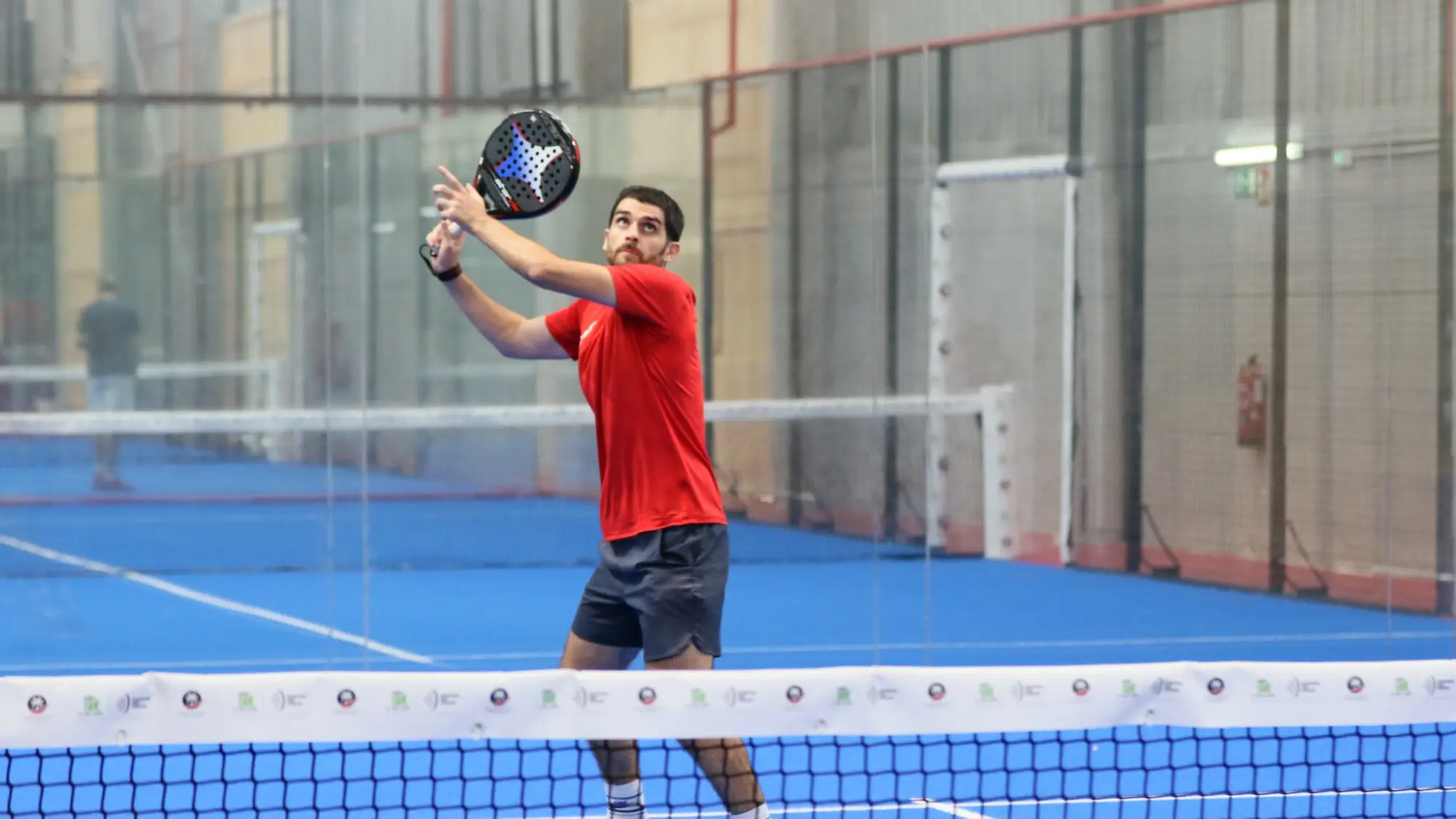 At the heart of padel – Episode 25: Paul and Andoni answer your questions
At the heart of padel – Episode 25: Paul and Andoni answer your questions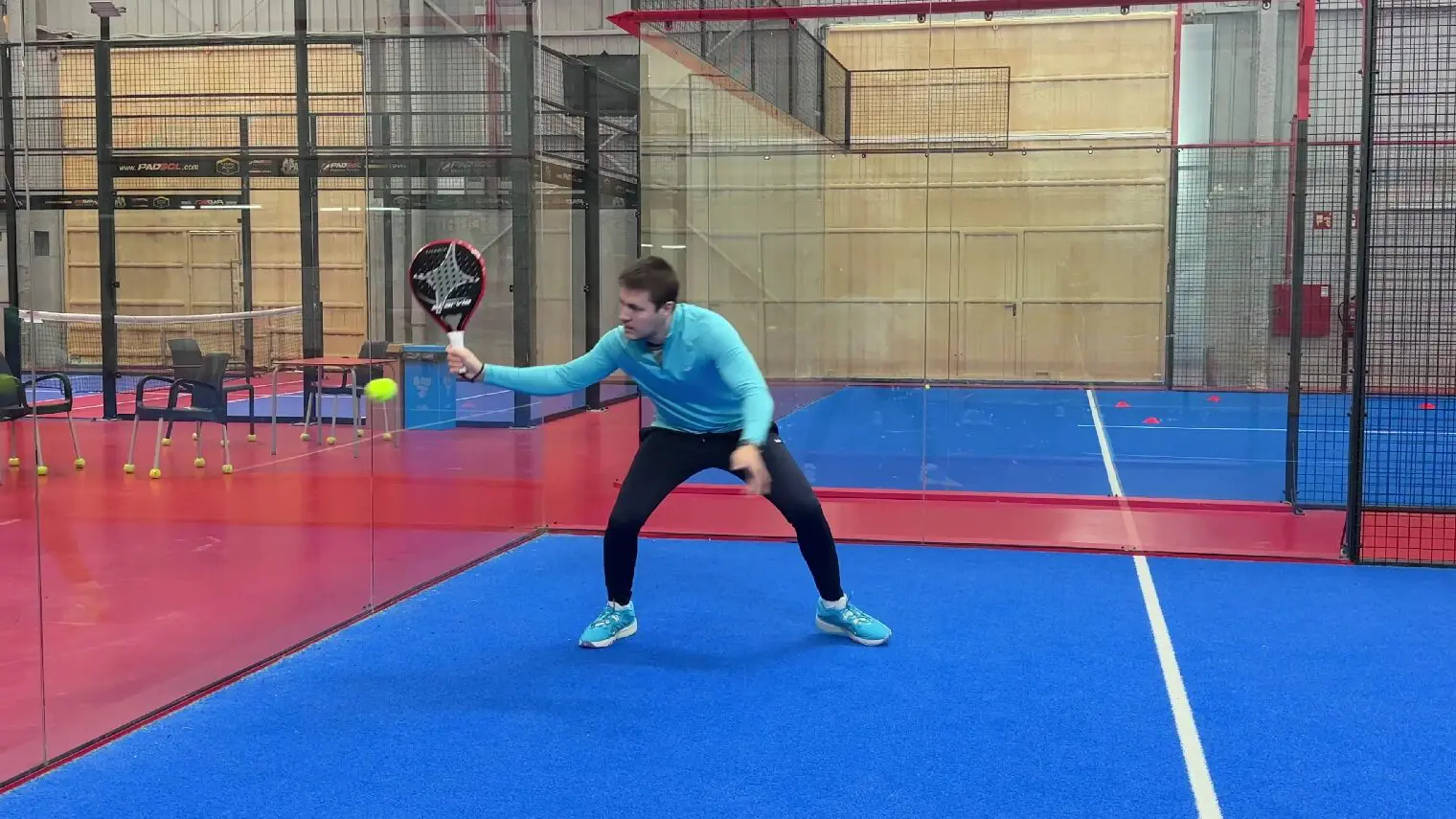 At the heart of padel – Episode 23: defend the window well
At the heart of padel – Episode 23: defend the window well Prohibition on playing topless Padel : the reasons
Prohibition on playing topless Padel : the reasons FIP Tour – Going far from Europe, THE strategy to earn points!
FIP Tour – Going far from Europe, THE strategy to earn points! What is a good football player? padel ?
What is a good football player? padel ? “Lefties give me headaches when I play against them!”
“Lefties give me headaches when I play against them!” At the heart of padel – Episode 14: how to earn points in winter?
At the heart of padel – Episode 14: how to earn points in winter?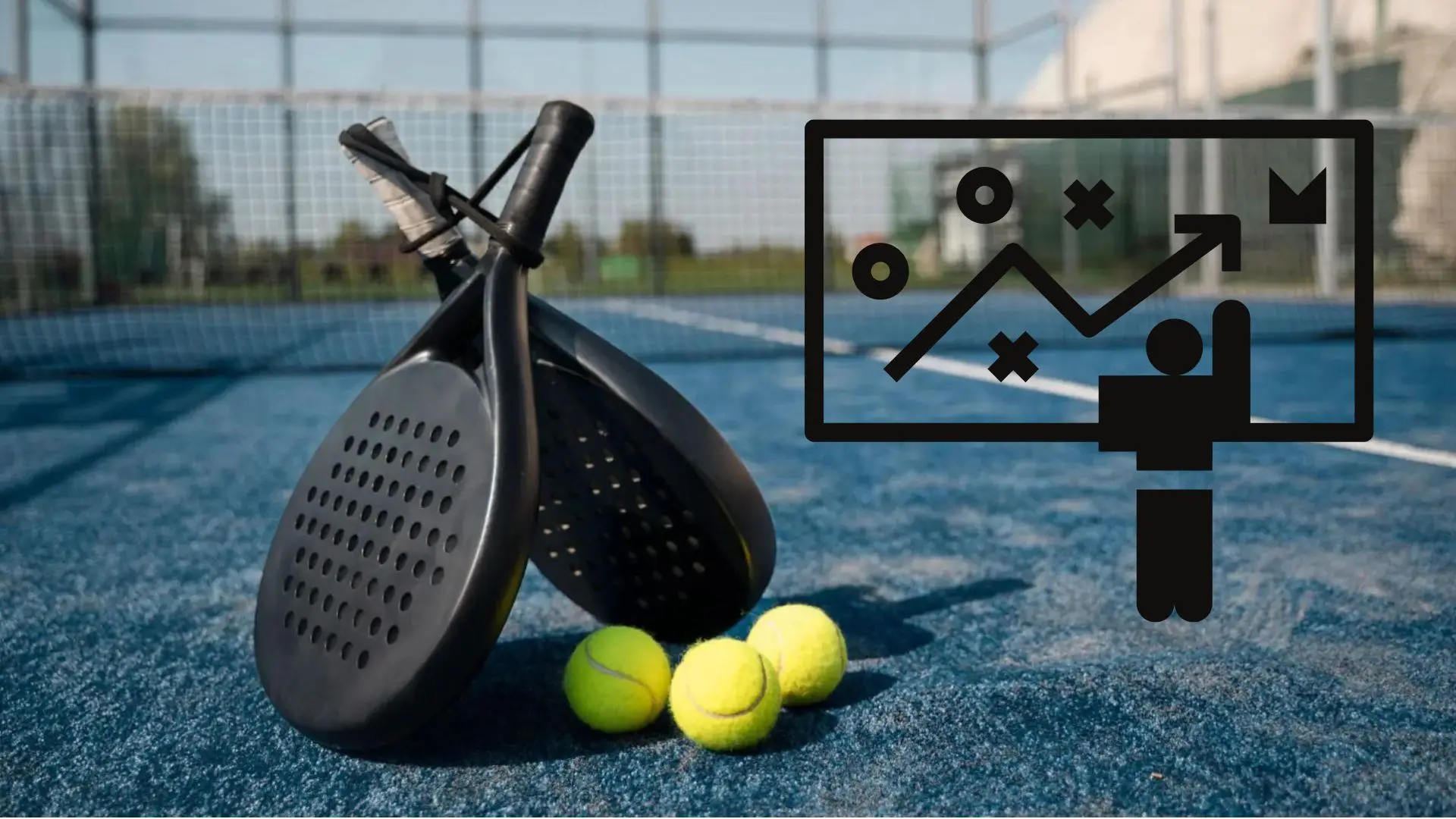 The basic tactics of padel
The basic tactics of padel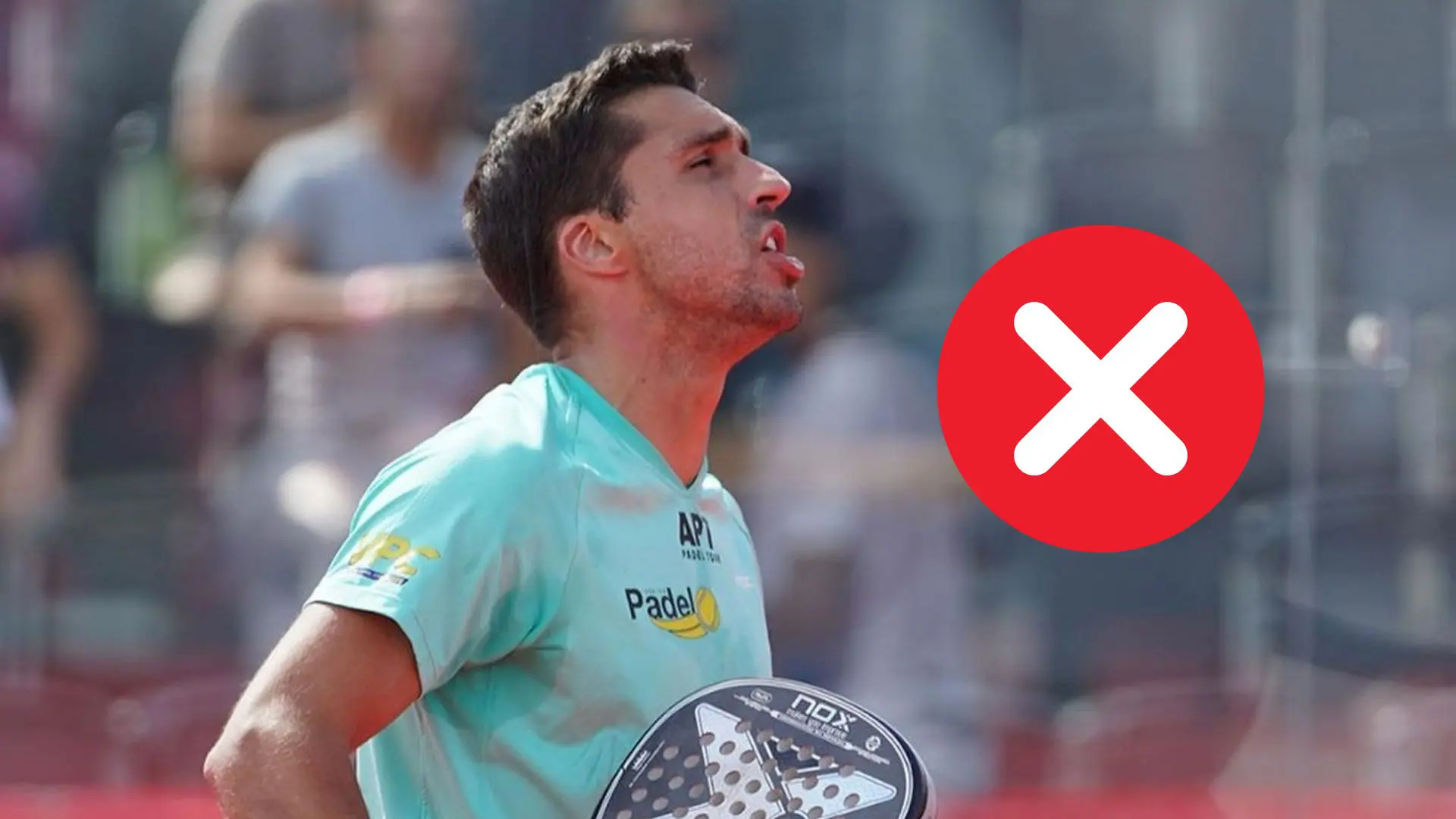 A par 4 is always a winner...even if you manage to defend it!
A par 4 is always a winner...even if you manage to defend it!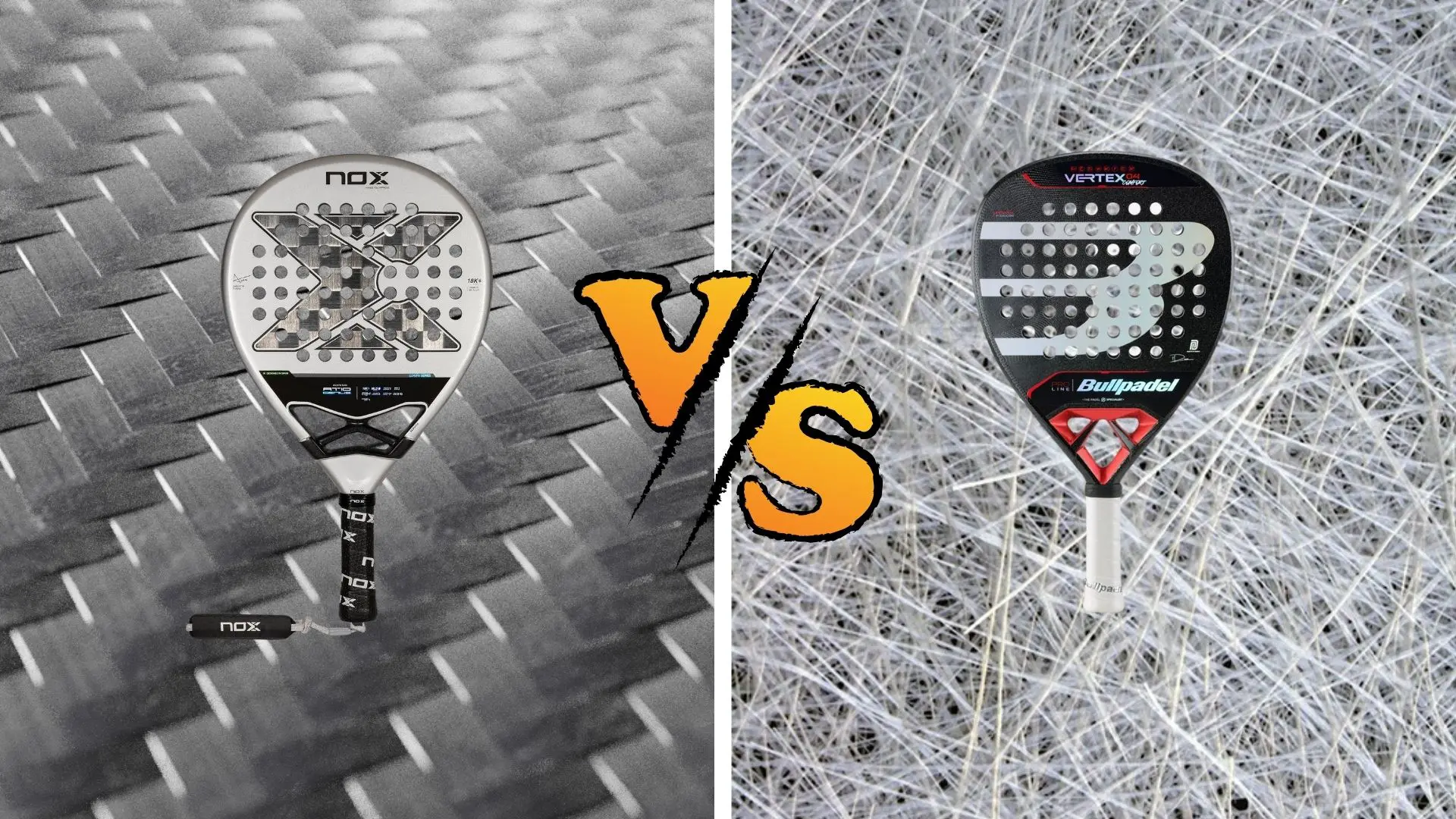 Carbon fiber VS fiberglass: what to choose?
Carbon fiber VS fiberglass: what to choose?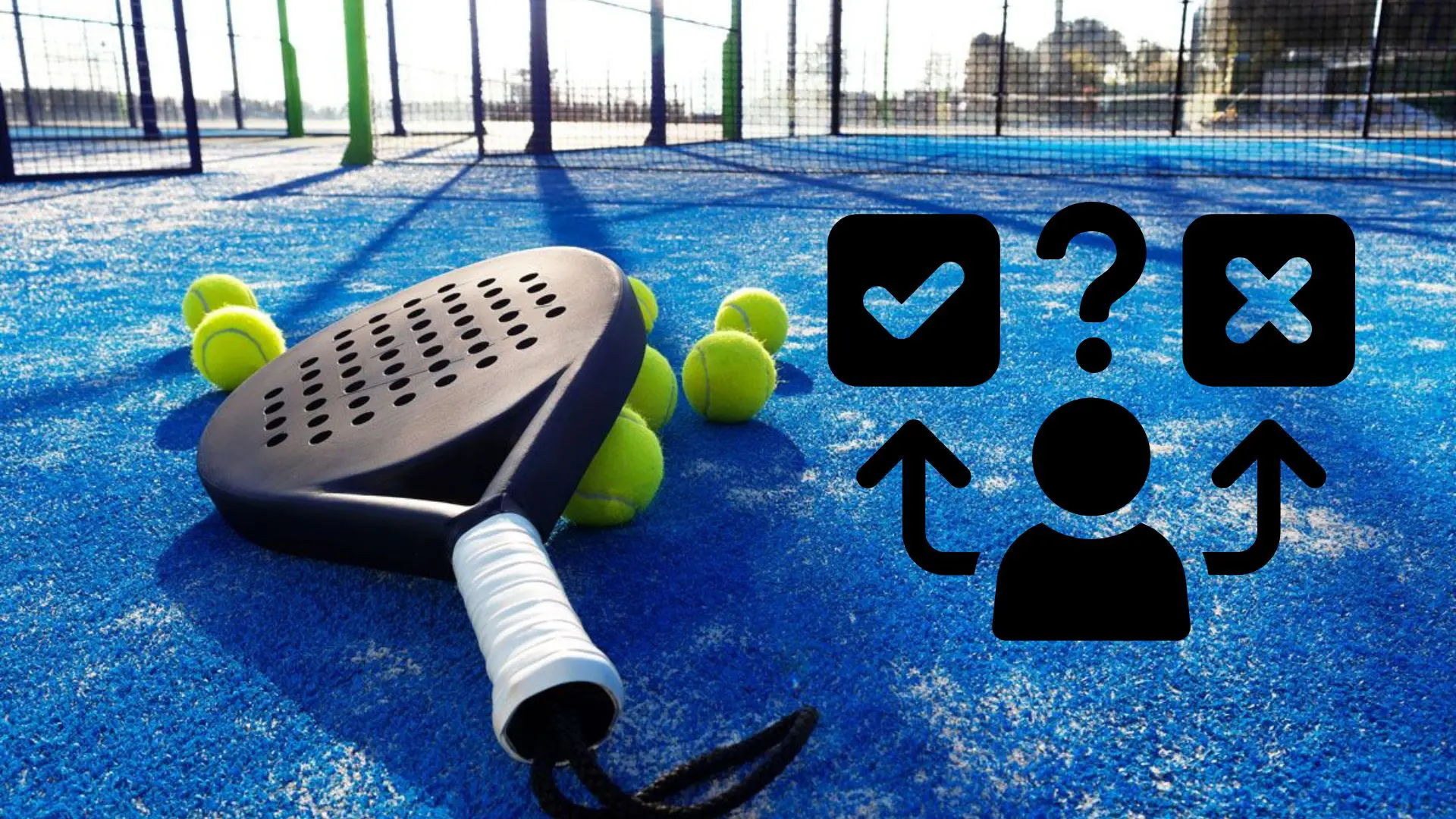 How to effectively test a racket padel ?
How to effectively test a racket padel ? La padel to fight Parkinson's disease
La padel to fight Parkinson's disease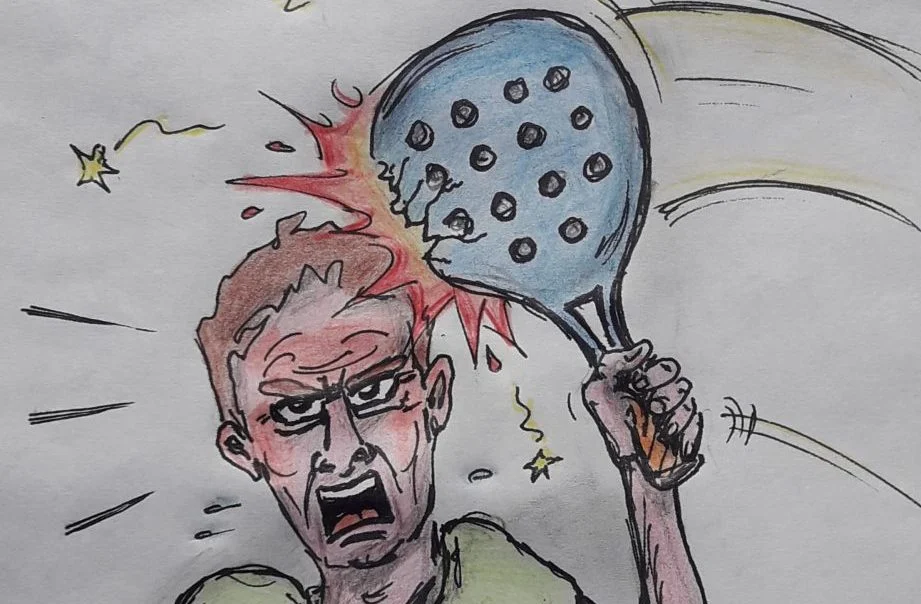 Don't play with a cracked or broken racket, your body will thank you!
Don't play with a cracked or broken racket, your body will thank you! Michel Cymes: “The padel, physically, it’s serious!”
Michel Cymes: “The padel, physically, it’s serious!” Jeremy Gala: “Promote the padel among young people in Belgium remains a challenge”
Jeremy Gala: “Promote the padel among young people in Belgium remains a challenge” The French Touch Academy organizes its selection day Padel-Study
The French Touch Academy organizes its selection day Padel-Study Report on the detection and training of younger generations
Report on the detection and training of younger generations
I already have the ability to turn a glass on the opposite side of the glass, or on the other side, depending on which side of the glass it is, and then it is placed on the opposite side of the glass (from the bottom or side) so that it passes directly to the side of the glass. adversary. At the same time: will it be possible to use 2 glasses for this? Is it true that you can fight in the same way that it is, for example, that the fundament glass is on the side (ambos do meu lado) and that it is on the opponent's side (sempere sem tocar no chão, obviously)?